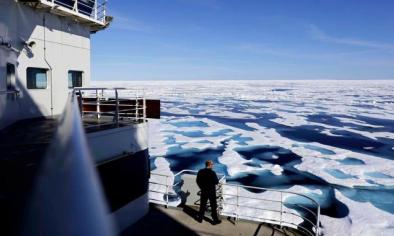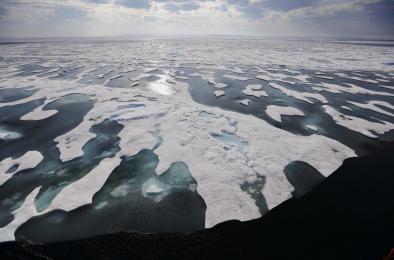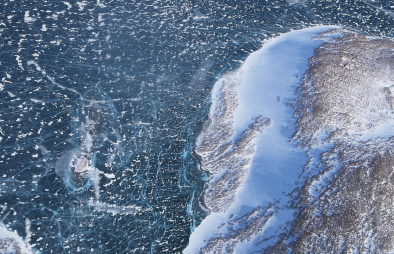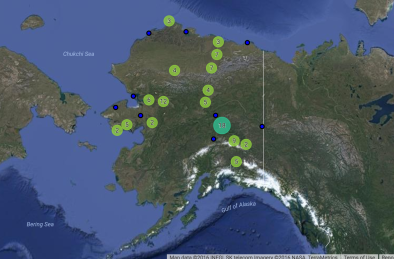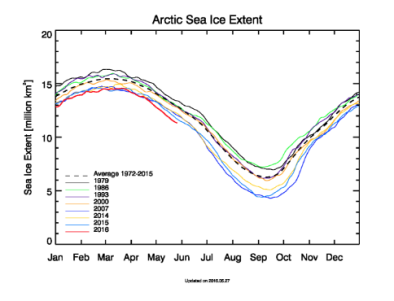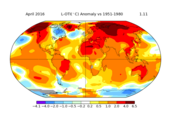Record Arctic Warmth 2016
The Arctic continues to be one of the fastest warming regions on the planet, heating up at a rate more than twice the global average.[1] Arctic sea ice has been in decline since at least the 1970s due to climate change, and research shows the thinning is accelerating.
According to NOAA's 2016 Arctic Report Card, the average annual surface air temperature anomaly (+3.6°F/2.0°C relative to the 1981-2010 baseline) over land north of 60°N between October 2015 and September 2016 was by far the highest in the observational record beginning in 1900.[2] A 2018 study found a near-zero probability for an Arctic heat event as extreme as 2016's occurring in the absence of human-caused climate change.[3]
March 2016 brought the lowest annual maximum sea ice extent measurement ever recorded, beating the previous record set in 2015.[4] On September 10, 2016, Arctic sea ice extent stood at 1.60 million square miles, the second-lowest minimum sea ice extent on record, tied with 2007.[5] October 2016 sea ice extent set a record low for the month—notable as October is typically the first full month when sea ice grows in the region.[6]
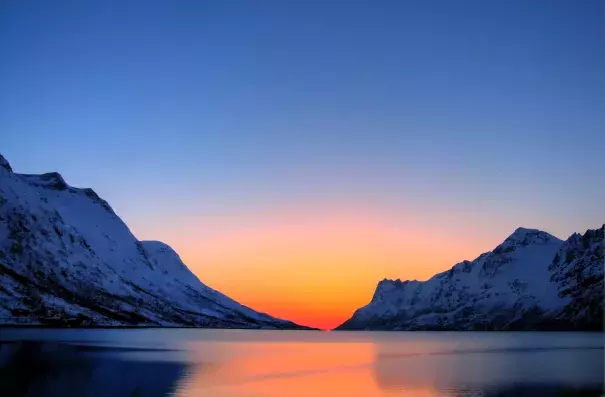
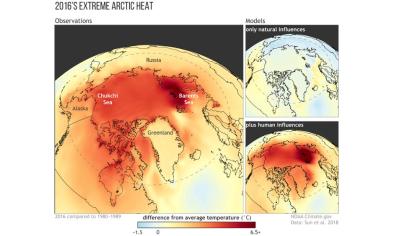
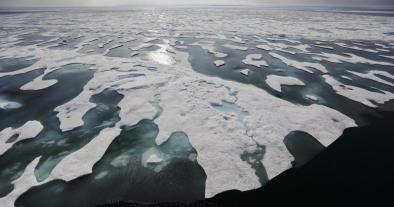
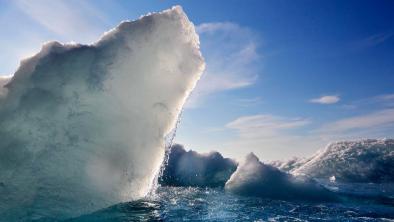
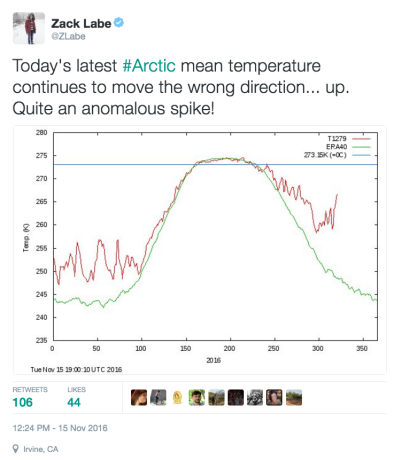
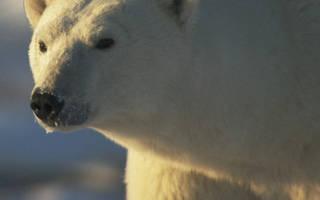
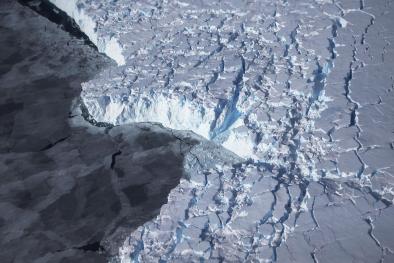
Related Content
